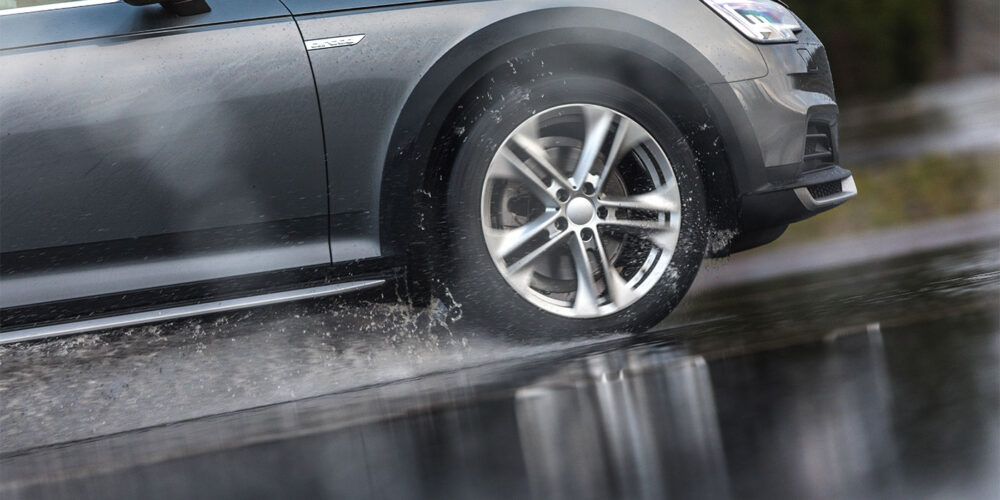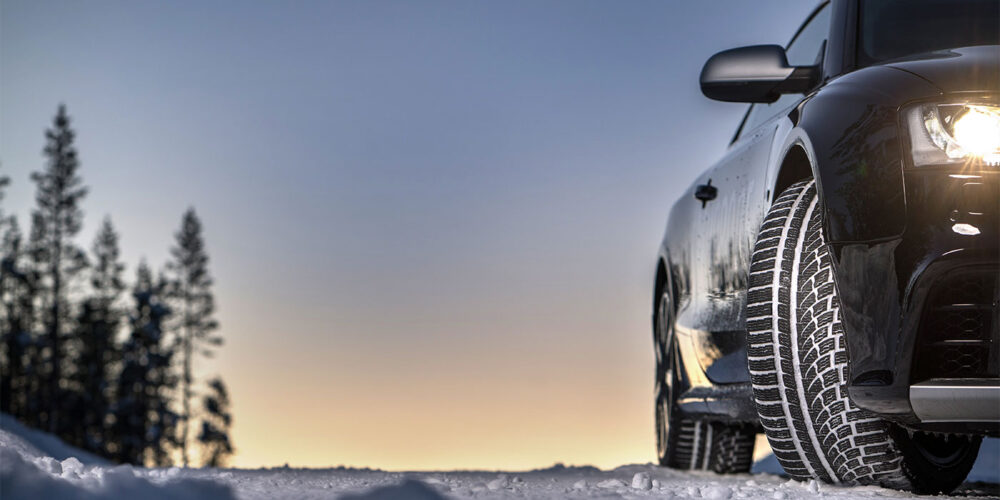The winter months are approaching, and driving can be an issue this time of year. Three-fourths of American drivers say they feel unsafe on the road at least a few times each winter, according to research we recently performed at Nokian Tyres.
But for many drivers, the problem isn’t wintry roads. The issue is that they don’t have a full understanding of what their tires are supposed to do.
As members of the tire industry, we know that so-called “all-season” tires aren’t a true four-season solution in many parts of North America. When temperatures dip below 45 degrees Fahrenheit, all-season tires harden and become less responsive to the road.
But driver awareness lags behind ours – only three in 10 drivers can correctly name the key benefit of all-weather tires over all-season. And if I’m being honest, I’m guessing some of those 30 percent gave lucky guesses.
How are we addressing that awareness gap?
Certainly, many tiremakers are increasing their investments in all-weather tires – four-season products certified with the three-peak mountain snowflake are becoming more common. Nokian Tyres is in our fifth generation of the all-weather segment here in North America, and many other manufacturers offer quality all-weather options.
But as we sell these tires to our customers, it’s important to be more deliberate in differentiating all-weather tires from their all-season counterparts. Here are some tips we’ve gotten from our customers about how to effectively tell the all-weather story, so all-season drivers don’t get left in the dark – or on the side of the road.
Get Specific
Some tiremakers hesitate to separate all-weather tires into their own category. This may be an effort to avoid consumer confusion, since “all-weather” and “all-season” may seem like identical terms to drivers.
We’d contend that the differences between a high-quality all-weather tire and an all-season offering are distinct enough to merit a different name. Rubber compounds are typically softer. Tread patterns are often much different. Testing processes can vary dramatically. Mileage warranties differ.
And explaining the differences between the segments doesn’t have to be too difficult – all-weather tires are made for all types of weather, whereas seasons vary depending on where you are in North America. By downplaying three-peak-certified tires as merely an enhanced all-season tire, we risk confusing drivers even more.
Don’t Cannibalize Winter Sales
All-weather tires should be explained as an upgrade to all-season for drivers who visit winter or have winter visit them. They should not be a replacement for dedicated winter tires in areas that experience sustained wintry weather.
Occasionally, we hear consumers rave that they don’t have to change tires in winter anymore. While at face value this can seem like a more economical decision, they often pay for that choice on the back end since all-weather tires are not meant for severe, sustained winter weather. Instead, our dealers have success promoting all-weather tires as a winter-certified solution for areas with milder, but unpredictable, winter weather, where there are enough sub-45-degree days to require a safer cold-weather option.
Our industry continues to make important advancements in driving safety. But those breakthroughs are only as effective as our ability to talk to drivers about them. We’re eager to keep educating drivers about all-weather tires, and we encourage tiremakers and dealers to join us in that effort.
Steve Bourassa is the Nokian Tyres North America Director of Products and Pricing.















